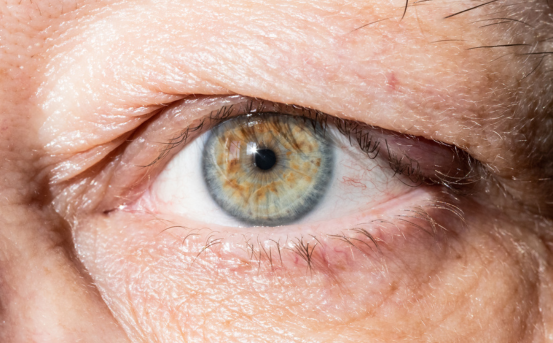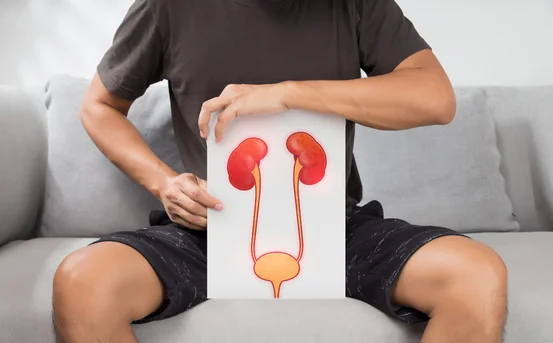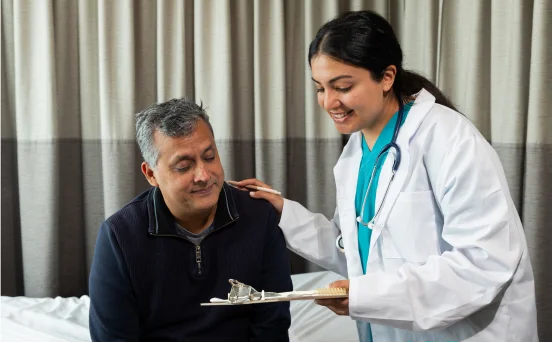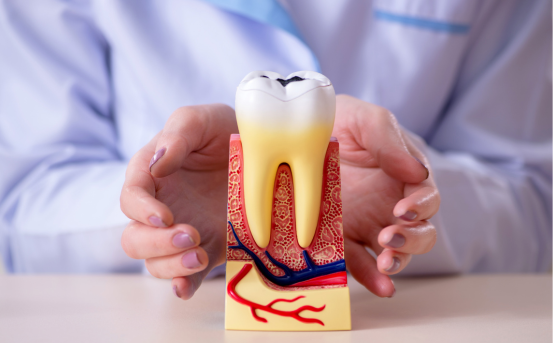As we age, the delicate skin around our eyes is often the first area to show visible signs of aging. From drooping eyelids and under-eye bags to puffiness and skin laxity, these changes can affect not just your appearance but also your vision and comfort. While some of these symptoms may seem like a natural part of getting older, they can often signal the need for a medical or cosmetic procedure known as eyelid surgery, or blepharoplasty.
Eyelid surgery is more than just an aesthetic enhancement; in many cases, it is a functional necessity. Sagging eyelids can obstruct peripheral vision, cause eye strain, and lead to chronic irritation or discomfort. Others may struggle with a tired or aged appearance that doesn’t reflect how they truly feel on the inside. Whether you’re experiencing symptoms that interfere with your daily life or simply seeking to rejuvenate your look, recognizing the signs that may require surgical correction is the first step.
What is Eyelid Surgery (Blepharoplasty)?
Blepharoplasty is a surgical procedure aimed at removing excess skin, fat, or muscle from the upper and/or lower eyelids. The goal is to restore a more youthful, alert appearance or to improve vision and comfort by correcting drooping eyelids.
There are two main types :-
-
Upper eyelid surgery :- Addresses sagging skin that may impair vision or cause a tired look.
-
Lower eyelid surgery :- Treats puffiness, under-eye bags, or wrinkles.
Top Symptoms That May Indicate You Need Eyelid Surgery
Not all signs are cosmetic some symptoms can affect your daily life, eye health, and even your confidence. Here are the most common symptoms indicating eyelid surgery might be right for you :-
Droopy or Sagging Upper Eyelids (Ptosis)
One of the most common signs that you may need eyelid surgery is ptosis, a condition where the upper eyelid droops over the eye. It can be caused by aging, genetics, or muscle weakness.
- Impact :- Severe sagging can partially or completely obstruct your field of vision, making daily tasks like reading or driving difficult.
- Solution :- Upper eyelid surgery can lift the lids and restore full vision, while also offering a more youthful appearance.
Excess Skin on the Upper Eyelids
As we age, the skin loses elasticity, causing excess skin to accumulate on the upper eyelids. This can lead to a heavy, tired feeling around the eyes.
Symptoms include :-
-
Difficulty applying eye makeup
-
A constant feeling of heaviness or pressure on the eyelids
-
Creases forming on the upper eyelid
Treatment :- Removing the loose skin via blepharoplasty can dramatically improve comfort and aesthetics.
Puffy Eyes or Bags Under the Eyes
Chronic puffiness or under-eye bags can give a permanently tired or aged appearance. This is typically caused by fat protruding through the lower eyelid skin or fluid retention.
Other related signs :-
-
Swelling that worsens in the morning
-
Shadowing or discoloration under the eyes
-
Difficulty reducing puffiness with lifestyle changes or skincare
Solution :- Lower eyelid surgery can remove or reposition fat, tighten skin, and smooth the area under the eyes.
Vision Obstruction
When eyelids droop significantly, they can interfere with peripheral vision, especially the upper and outer portions. This can become a safety issue, particularly while driving or walking in crowded spaces.
Test :- If you find yourself tilting your head back or lifting your eyebrows frequently to see better, it’s time to consult a specialist.
Result :- Eyelid surgery restores your field of vision, making daily activities safer and more comfortable.
Eye Strain or Fatigue
Heavy or droopy eyelids can cause your eye muscles to work overtime just to keep your eyes open. This can lead to :-
-
Headaches
-
Eye fatigue
-
Difficulty concentrating
-
Frequent brow-raising
If you often feel strain around the forehead or eyes, eyelid surgery can help reduce the burden on your eye and brow muscles.
Asymmetrical Eyelids
Some people experience uneven eyelids due to genetics, injury, or aging. One eyelid may droop or puff more than the other, causing an imbalanced appearance.
Fix :- Blepharoplasty can address asymmetry and restore a more harmonious, balanced look.
Skin Irritation or Infections
Excess folds of skin can rub together, trapping moisture and creating a breeding ground for irritation or dermatitis.
Common complaints include :-
-
Redness or inflammation in eyelid creases
-
Frequent infections
-
Itching or rash around the eyes
Surgery eliminates overlapping skin folds, promoting better hygiene and skin health.
Difficulty Wearing Glasses or Contact Lenses
Droopy eyelids or puffiness can interfere with how glasses sit on your nose or make contact lens use uncomfortable. If your eyewear no longer fits properly due to eye shape changes, it might be time to consider a surgical option.
Who Should Consider Eyelid Surgery?
You might be a good candidate for eyelid surgery if you:
-
Have one or more of the symptoms listed above
-
Are in good general health
-
Don’t smoke or can quit temporarily before and after surgery
-
Have realistic expectations for the procedure
-
Are aged 35 and above (though younger patients with hereditary issues may also benefit)
Benefits of Eyelid Surgery
While the obvious advantage is improved appearance, eyelid surgery offers multiple medical and functional benefits, such as :-
-
Improved vision (especially peripheral)
-
Reduced headaches and brow strain
-
Younger, more rested appearance
-
Better eye comfort
-
Increased self-confidence
When to See a Specialist?
If you’re experiencing any of the symptoms mentioned, it’s best to consult with a board-certified ophthalmologist or plastic surgeon who specializes in eyelid procedures. They will perform a thorough exam, which may include :-
-
Visual field testing
-
Skin elasticity measurements
-
Eyelid positioning analysis
This helps determine if the procedure is medically necessary (often covered by insurance) or purely cosmetic.
Eyelid Surgery Recovery and Results
Eyelid surgery is typically performed on an outpatient basis, with local anesthesia and light sedation. Recovery time is short most patients return to normal activities within 1 to 2 weeks.
Common post-surgery experiences :-
-
Mild swelling or bruising
-
Temporary dryness or irritation
-
Use of cold compresses and prescribed eye drops
Final results appear within a few weeks and are long-lasting, making blepharoplasty a high-satisfaction procedure for both functional and aesthetic concerns.
Conclusion
If you’ve been struggling with droopy lids, puffy eyes, or visual obstruction, eyelid surgery may be more than just a cosmetic fix it could be a life-changing procedure. Recognizing the symptoms indicating eyelid surgery is the first step to making an informed decision.























